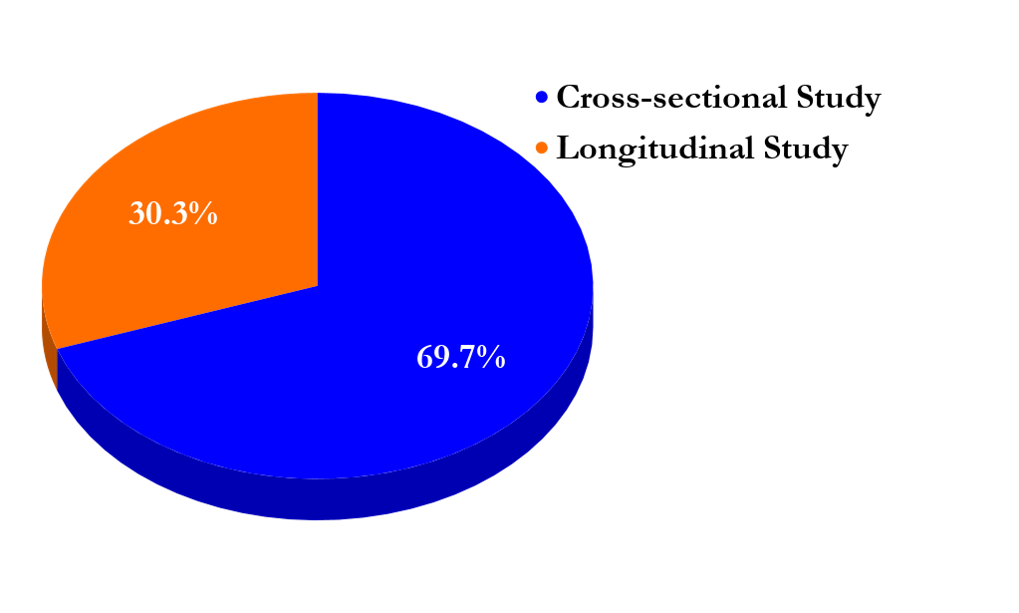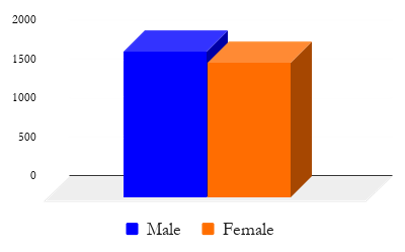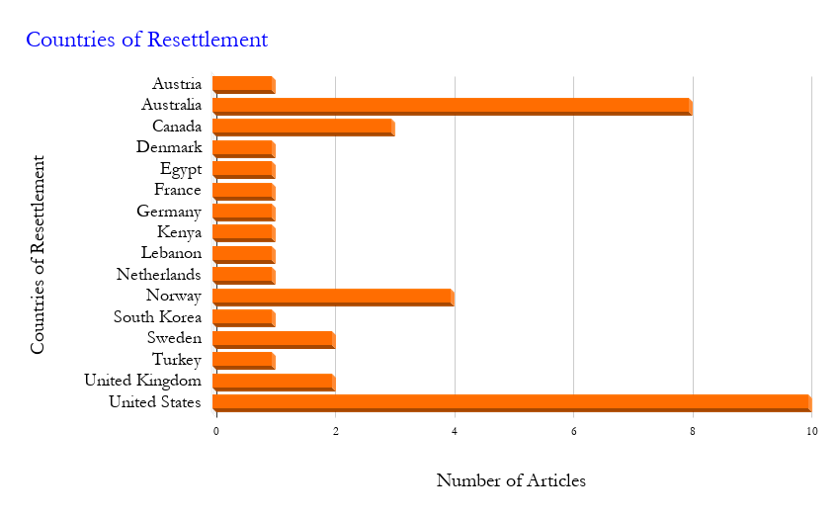Hailey Fritz, Dr. April Masarik

Background
- Currently 70.8 million people worldwide have been forcibly displaced from their homes due to war, conflict, and persecution (UNHCR, 2019)
- If given the opportunity to resettle in a safer country, many refugees still tend to experience psychological distress, often as a result of acculturative stressors in their new community.
- An abundant amount of research has focused on these negative factors (e.g., trauma, stressors, and distress) that follows a refugees’ path, but less work has concentrated on the protective factors that promote resilience.
Aims/Goals
- Review existing empirical research on protective factors that promote resilience (or the ability to adapt to challenge: see Masten, 2018) during resettlement among refugees.
- We relied on Bronfenbrenner’s Ecological Systems Theory (Bronfenbrenner & Morris, 2006) and a strengths-based approach to understand how protective factors in various ecologies promote resilience during resettlement despite past traumas and current resettlement stressors.
Method & Analysis
- We searched scholarly databases (e.g., PsycINFO) using relevant key words (e.g., refugee, protective factors, resilience, etc.) where refugees were assessed (e.g., interviewed; surveyed) during resettlement.
- We limited our search to peer-reviewed journals that were published from the year 2000 to present
- Thirty three (33) peer-reviewed articles were selected and reviewed.
- We created a table with participant characteristics, place of resettlement, variables (stress pathway of interest and protective factors), methodology used, and key findings for each study (available upon request).
- Protective factor variables included individual factors, family factors, and community.
Study Type

Total Participants

Article Type

Countries of Resettlement

Key Findings
Individual Protective Factor Themes
Religion
- Prayer was reported as a helpful method to overcome past trauma 3, 4, 31
- Participants reported that religiosity allowed them to gain a sense of control 11, 21
- Participants reported religiosity as a valuable protective factor in a broad sense 5, 8, 11
- Resilience was related to reduced psychological distress 1,18
Commonly Measured Coping Strategies
- Problem-focused coping 3, 10
- Social support seeking 3, 7, 10
- Engagement (active) and disengagement (avoidant) 9, 15, 23
- Reflection and relaxation 3
- Cognitive reframing (positive thinking) 11
Community Protective Factor Themes
- School connectedness led to resilience and increased wellbeing 12, 13, 28
- Involvement in athletic clubs led to a greater sense of belonging 16, 24
- Friendships led to a greater sense of belonging and led to other connections 5, 16
- Religiosity was reported to be a healthy community function 4, 26, 30
Family Protective Factor Themes
- Participants reported that the presence of family members was a source of emotional support 8, 21, 30
- Family cohesion was significantly related to decreased depressive symptoms 18
- Participants reported extended family members to be a helpful support system 19, 25
Future Directions & Implications
- Longitudinal research designs focused on protective factors, strengths, and resilience of refugees.
- Empirical research of protective factors among resettled refugee populations are important so improvements can be made to policies and programs.
Additional Information
For questions or comments about this research, contact Hailey Fritz at HaileyFritz@u.boisestate.edu.